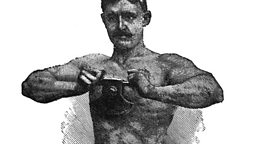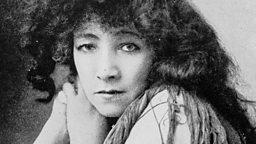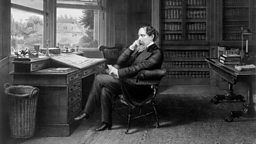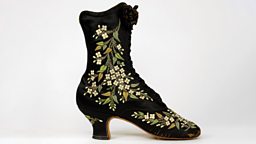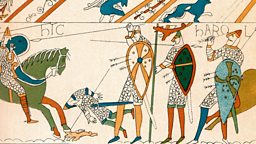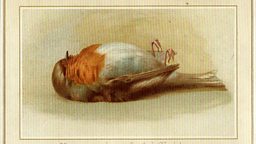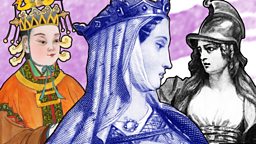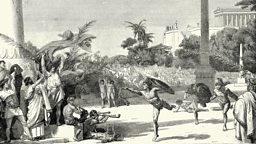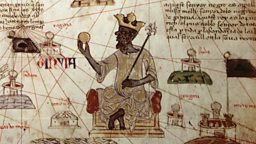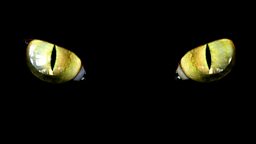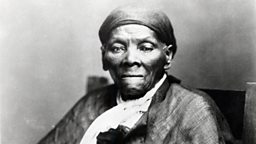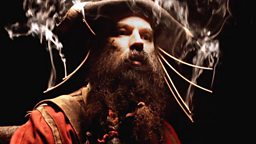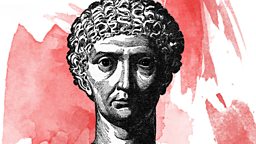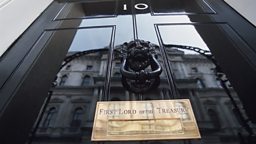Eight enlightening facts about the history of kung fu
From Buddhist monks to Bruce Lee, kung fu has thrilled audiences for hundreds of years. As general term for all Chinese martial arts, kung fu includes a huge range of styles – from Shaolin kung fu to Tai Chi, Qigong and more, all combining combat techniques with mental and spiritual contemplation. But where did all these traditions start? And how did a blend of philosophy and fighting come to conquer the world?
In the You’re Dead To Me podcast, Greg Jenner gets to spar with historian Dr Leon Rocha and comedian Phil Wang as they clear their minds to sort fact from fiction.
> Listen to the History of Kung Fu episode
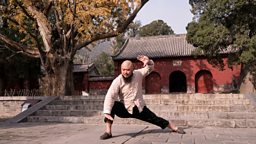
1. Kung fu isn’t actually called “kung fu” in China
Although it’s common in English to refer to Chinese martial arts as “kung fu”, the term is actually derived from the Chinese phrase gong fu, which can simply mean “work that takes time” – so even washing up or exam revision could be considered gong fu.
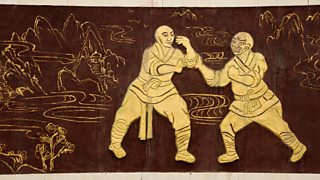
In China, a more common name for martial arts is wushu, from wu, “going into battle with a weapon on your shoulder” and shu, “exquisite skills”.
2. It is both ancient and modern
China has traditions of unarmed fighting, and health-giving exercise and meditation, from as far back as the Spring and Autumn Period of Chinese history, over 2,500 years ago. However, Chinese martial arts as we know them didn’t appear until the late Ming/early Qing Dynasties (late 16th to early 17th centuries), when spiritual cultivation and combat skills were combined at the Buddhist monastery of Shaolin. Some martial arts are even more recent: Wing Chun arose in the 19th century and Qigong less than 100 years ago.
3. It might have been invented by a god
Despite this historical background, stories have arisen over the ages that attribute martial arts to ancient gods and legendary figures. Some say kung fu was invented by the fabled founder of Chinese Buddhism, Bhodidharma; or by the demon-turned-deity Vajrapāni, in defending the Shaolin temple from a historical raid by the Red Turban bandits. Others say the monk Pu’en received his spear technique from a divine being, while the Wudang school of martial arts was founded by an immortal Daoist saint, Zhang Sanfeng.
4. Shaolin monks might be Buddhist, but they were famous as soldiers
Buddhism normally advocates pacifism, but 16th-century Shaolin monks were recruited by the government to fight off pirates! The Ming Dynasty faced huge problems with bandits invading from the coast, but its army was disorganised and unreliable. Among the groups hired to defend the Empire instead (including mountaineers, sailors and salt workers), the Shaolin monks were famed as the most successful and effective.
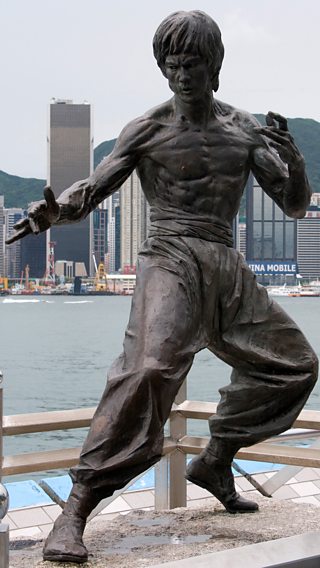
5. Kung fu was banned. Twice
Kung fu might now be popular at home and around the world, but Chinese authorities have opposed it at least twice in its history. Under the Qing Dynasty (who conquered China from the north in 1642) the public performance of martial arts was banned – although this meant that practising in private got a reputation for patriotic resistance. And while the post-1949 Communist authorities initially promoted martial arts as healthy, nationalistic exercise, during the Cultural Revolution of 1965-1975 they were branded feudal and elitist: competitions and formal training were stopped, and books and weapons confiscated.
6. Kung fu fiction has always been a big deal
Long before cinema swept the world, fantastic adventures about kung fu experts were captivating the Chinese public. As early as the 16th century, commercial publishing boomed, leading to hit novels about heroic martial artists (including the highly-influential The Water Margin). These saw a resurgence alongside early movies in the Republican period (1912-1948) and again after neoliberal reforms of the Communist state in the 1970s – but in the meantime, martial arts had begun to take off overseas...
7. Bruce Lee was the greatest, but not the first
Bruce Lee is the icon of kung fu cinema in the West, and did much to popularise martial arts around the globe through his TV appearances, training schools and movies. However, a generation before, individuals fleeing the Maoist regime had begun to bring their martial arts skills to the world – and the Hong Kong film industry had seized on this.
Even after Bruce Lee began his career, his films weren’t the first kung fu movies released in the US: that belt goes to The Five Fingers of Death (aka King Boxer, Tiān xià dì yī quán) released in 1973 and kick-starting the “kung fu craze” of the 1970s. Lee’s Enter the Dragon came out later that year.
8. Kung fu magic doesn’t just happen in the movies. (Maybe!)
Kung fu films are often filled with superhuman feats and mysterious magic, but it’s been claimed that martial arts can give you “extraordinary powers” in real life. The 16th-century manual called the Sinews Transformation Classic suggests that dedicated practise of Shaolin kung fu can make you invulnerable and immortal; and in the 1970s and 1980s, even the Chinese government investigated theories that Qigong enabled you to ‘read’ unseen objects or move things with your thoughts. Fact or fantasy? You decide...






